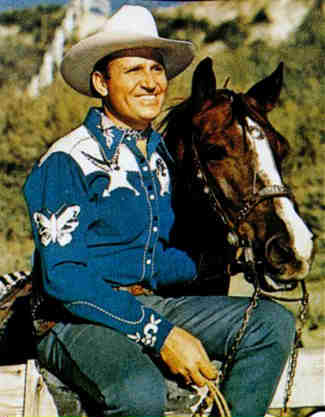Don't let Hoof Injuries keep you off your Horse
Thomas Newton, D.V.M.
The old-timer's saying, No hoof, no horse, is an accurate
adage. When your horse has a hoof injury, he's out of commission,
sometimes for weeks.
Unfortunately, horses' hooves are prone to several types of
injuries. Bruises, punctures and abscesses are common because of
the design.
The hoof consists of threes parts: a hard shell around the
outside, called the hoof wall; a hard sole covering most of the
bearing surface; and the flexible frog. All three structures have
tissue which is constantly producing new wall, sole and frog. Nay
penetration through the outer, dead, insensitive tissue into the
live, sensitive, inner structures will cause lameness.
Bruises & Puncture
The simplest injury is a bruise. A bruise is a blunt blow which
distorts the outer casing enough to damage the inner tissue,
causing pockets of blood and serum to collect. This is an ideal
environment for bacterial growth. But if the bruise remains
sterile, it will usually resolve spontaneously in 1 to 4 weeks.
A puncture is a more serious injury. The entrance wound closes
over behind the retreating offending abject, creating all the
necessary ingredients for an abscess - bacteria, blood serum,
dead cells and body warmth. Any puncture in the foot which
penetrates the sensitive tissue is likely to produce an abscess.
The location and depth of the puncture determines the seriousness
of the injury.
For instance, a sharp rock barely penetrating the sole near the
tow will create an abscess which will spread under the sole until
it breaks out,. A nail penetrating into the navicular bursa,
however, will cause a joint infection which could result in the
destruction of the horse if the injury is not treated immediately
and aggressively by surgically draining the joint.
"Gravels" are abscesses in the white line. The infection spreads
up the white line and breaks out at the coronary band. They may
be caused by small gravel penetrating the toe or another
breakdown of the white line.
Horses which have foundered are particularly susceptible die to
the damage to the white line.

Abscesses
Foot abscesses tend to be painful with the horse reluctant to
stand on the foot. The infection may even result in soft-tissue
swelling in the lower limb.
Although foot abscess may be signaled by a strong, throbbing
pulse in the foot, they are often difficult to locate and require
treatment by someone skilled with hoof testers and knife.
Treatment involves opening the abscess and allowing the blood,
serum or pus to drain out. If a puncture is opened immediately,
bacterial infection can be prevented. Subsequent treatment
involves soaking the foot in hot water and Epsom salts to draw
out the offending material. The wound should then be packed with
an antiseptic or astringent such as iodine, betadine, or
ichthammol, and kept clean with a bandage, boot or treatment
plate. This treatment should continue until the foot has grown
out new tissue and the infection is resolved.
A shoe and pad may help return the horse to work while the wound
continues to strengthen.
The lockjaw status should always be checked on each puncture
patient, since Clostridium tetani, an anaerobic bacterium, can
grow in the wounds.
If a horse is found with a nail still in place in the foot, don't
remove it. Call your veterinarian who can radiograph the foot
with the nail in place to determine which structures are
involved.
Prevention is, of course, wise. Abscesses or bruises can be
limited by keeping the horse's environment free from debris,
including nails and sharp stones. Shoes and pads will protect
hooves from a rough, hard terrain.
Monitor your horse's feet. Picking them before and after rides
should be basic. No hoof, no horse - and that's no fun.